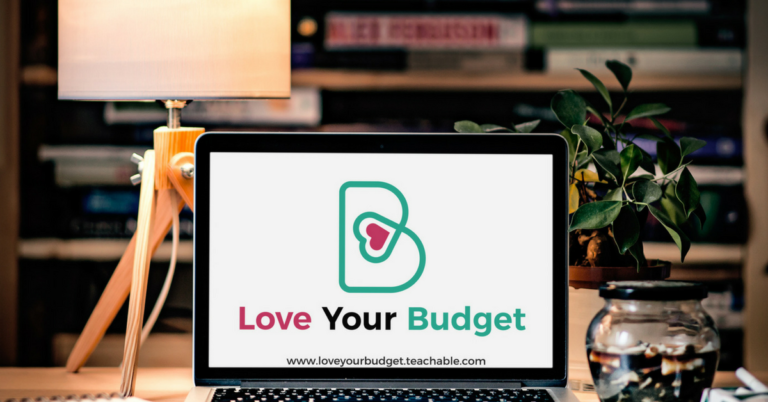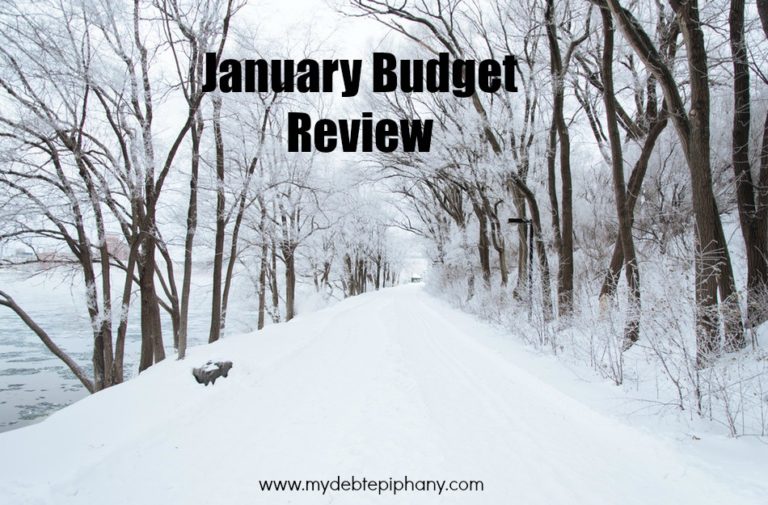The Simple Dos and Don’t of Drafting a Budget
Drafting a budget may not be anyone’s idea of a good time (unless you’re an accountant), but it’s the vital first step on the journey of meeting your financial goals. It needn’t be a complex task, either; a simple spreadsheet or a blank notepad and pen are all you need to create your new budget.
As well as helping you reach your goals, having a budget in place is a great way to identify overspending and where you could potentially save money, and help you be more accountable with your spending. Again, not necessarily a fun time, but the savings you could see at the end of the year should more than make up for it.
Table of Contents
Do Be Honest
Drafting a budget can be a little scary. After all, once everything’s all down on paper, there’s no hiding from the financial facts. But it’s really important, at the very outset, to commit to being totally honest regarding both your incomings and outgoings. This will form the basis of your budget going forward, which will only be workable if it’s based on accurate figures.
Add to your budget both regular bills and those that may only occur once or twice a year, as well as all your subscriptions, travel costs, loan repayments, etc, and what you spend on shopping, socializing, and everything else. Clarity is the key to budgetary success. Even being as careful as possible to include everything you spend, it’s a great idea to track your transactions for a month, down to the last cent. You may be surprised at just how many additional entries need to be made!
Do Take the Opportunity to Identify Where Savings Can be Made
Putting together a budget is the perfect time to spot where you can make some savings. Maybe it’s only once you see it in black and white that you realize just how much you’re spending on eating out every month or that you’re paying more than you need to for your utilities.
Did you know that some insurers offer packages whereby you can bundle one or more policies to access great savings – without compromising on your coverage? For example, when you bundle car and renters insurance, you can unlock both great savings and enjoy the convenience of replacing multiple policies with a single one. It’s a great way to stay on top of your finances and household admin, not to mention bagging that discount.
Do Create Achievable Goals
As part of the process of drafting a budget, set yourself one or more achievable goals. These are entirely specific to you and could be anything from saving a set sum for a holiday the following year to building a nest egg over the longer term for retirement. Whatever they are, use your budget to figure out how much you’ll need to set aside to meet your goals within a set timeframe.
Going forward, review your budget at regular intervals, make updates as necessary, and assess how far you’ve come to reaching your goals. This is a great opportunity to make tweaks if required. For example, that money you’ve just saved by bundling your insurance policies? Could that sum be transferred every month into your holiday or retirement fund?
Don’t Ignore Debt
If you have some troublesome debt, it’s tempting to look the other way and either not include this in your budget or resist creating a budget at all rather than address it. The thing with debt, however, is that the more you try to ignore it, the more problematic it becomes.
If you’re struggling with money, getting on top of things and creating a budget is even more important. Help is at hand, too. If your financial situation is difficult or getting on top of you, consider seeking help from a nonprofit credit counseling agency, local credit union, or community or church-affiliated organizations.
Don’t Use Estimated Figures
We get it: hunting down all those utility bills, wage slips, insurance documents, and bank statements is not exactly fun, and you may wonder why not use estimated figures in your budget. It’s not a good idea. If you’re $10 out on a few outgoings every month, this could equate to a discrepancy of hundreds of dollars a year. If one of your goals is to clear your $1,000 credit card debt within a year, this discrepancy could represent a third or more of that figure.
Getting Set to Reach Your Financial Goals
Whatever your financial goals happen to be, drafting a budget is the first step in reaching them. By being really honest about your income and expenditure and tracking your spending over a month, you’ll be able to set and work towards realistic goals and have a much greater chance of achieving them.
Stop Worrying About Money and Regain Control

Join 5,000+ others to get access to free printables to help you manage your monthly bills, reduce expenses, pay off debt, and more. Receive just two emails per month with exclusive content to help you on your journey.




